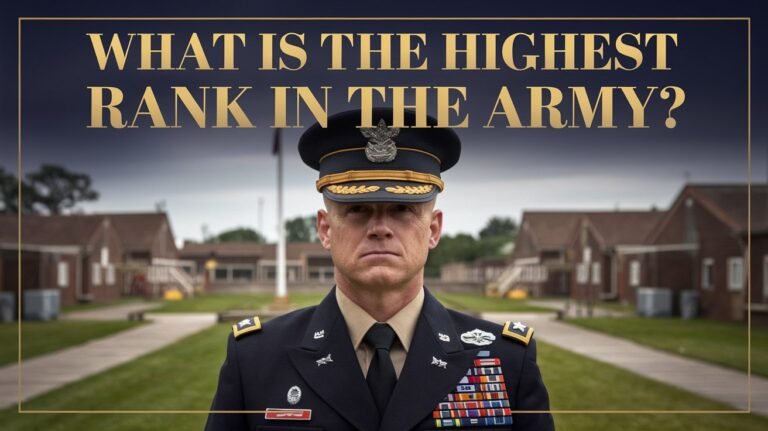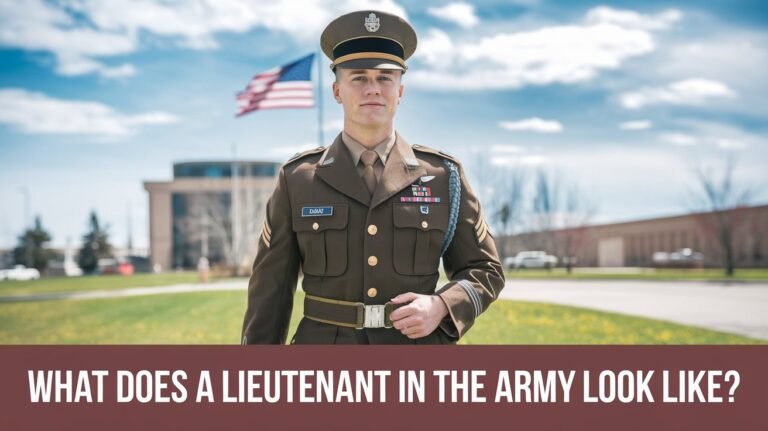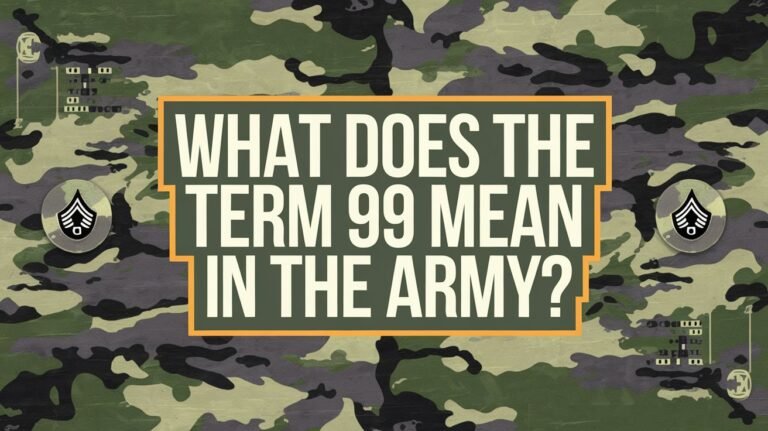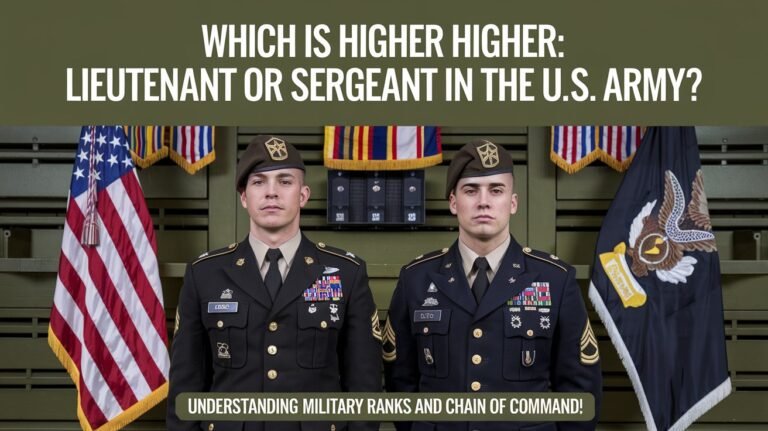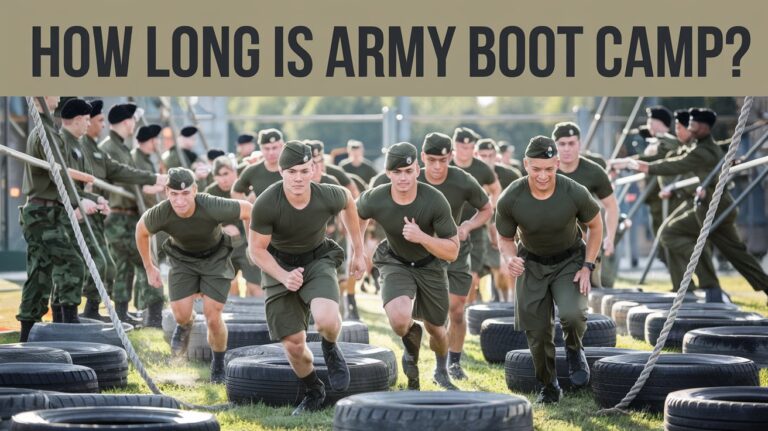Do Combat Journalist Follow Army Orders: Rules And Roles
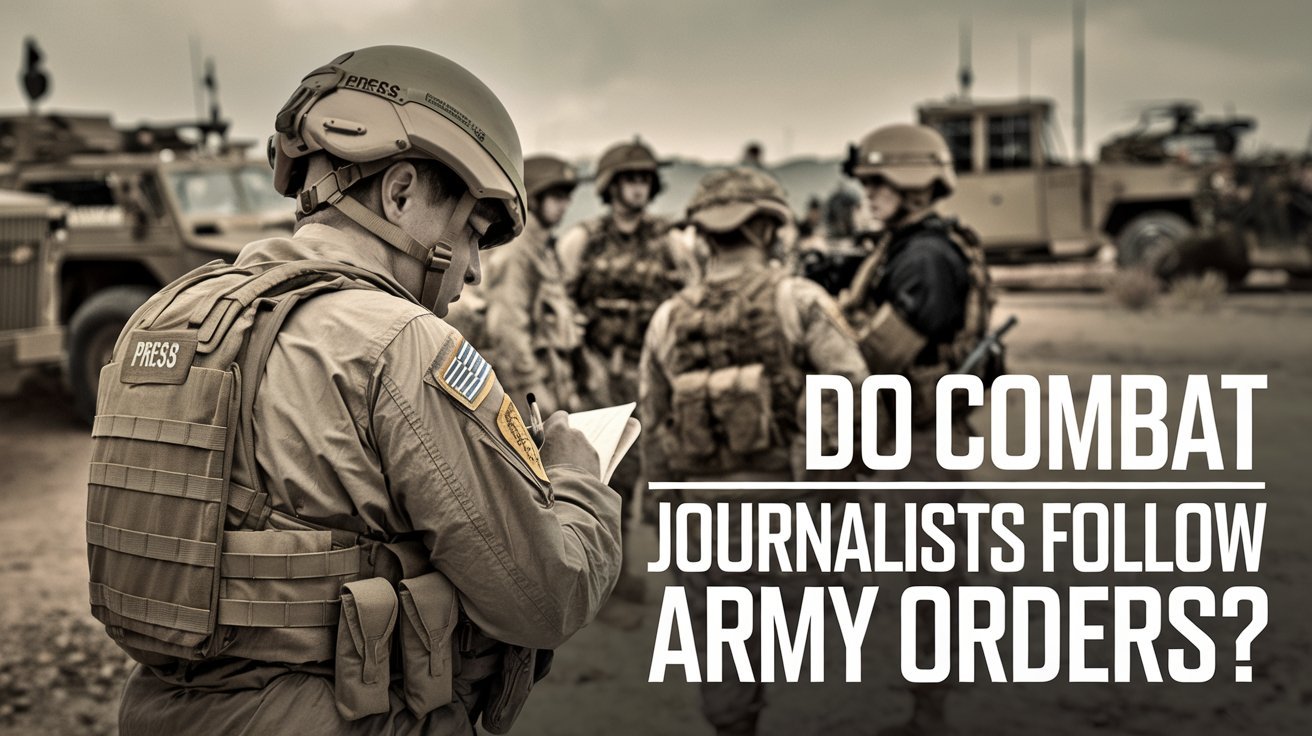
In today’s world, combat journalists play a key role. They report on war and shape what we think. But, they face a big challenge. They must follow their own rules and the military’s at the same time.
This article looks at the tough job of combat journalists. We’ll talk about their legal rights, the issues with “embedded” reporting, and the balance between freedom and military needs.
International law protects journalists in war zones. It makes a clear difference between those who work with the military and those who don’t. But, the 2003 Iraq war made people wonder if journalists were still free.
Now, the military needs more help from people who aren’t soldiers. This makes journalists very important for winning wars. The Pentagon wants experienced journalists to join the fight. They get close to the action but must follow strict rules.
Legal Protection Status for Combat Journalists
Journalists in war zones face big legal challenges and dangers. The legal protection for these journalists is complex. It’s based on international humanitarian law (IHL) and human rights law.
War Correspondents vs Independent Journalists
It’s important to know the difference between war correspondents and independent journalists. War correspondents get prisoner-of-war status if caught. But, independent journalists are seen as civilians under IHL. This can greatly affect how they are treated during a conflict.
International Humanitarian Law Coverage
Article 79 of Protocol I to the Geneva Conventions says journalists in danger zones are civilians. They must be respected and protected as such. Customary IHL also stresses the need to protect journalists in war.
Prisoner of War Status Considerations
The status of journalists as prisoners of war is unclear, mainly for “embedded” journalists. Some see them as war correspondents, while others see them as civilians. This confusion can lead to serious issues if they are caught.
| Journalist Type | Legal Status | Protections Under IHL |
|---|---|---|
| War Correspondents | Prisoner of War | Entitled to POW status if captured |
| Independent Journalists | Civilian | Protected as civilians under IHL |
| Embedded Journalists | Ambiguous | Unclear, with debates over their status |
Do Combat Journalist Follow Army Orders
Military journalists are key in Public Affairs. They must give out accurate info to the public. But, they also have to keep military secrets safe.
They can report on command info, but only after it’s cleared. A Public Affairs Officer usually does this. This way, the public gets the truth, and military secrets stay safe.
Military journalists connect the military with the public. They share info in a way that’s clear and fair. They must follow orders and keep their journalistic values strong.
Combat journalists face a big challenge. They need to share news with the public while keeping military secrets safe. It’s a tough job that requires careful balance.
Embedded Journalists in Military Operations
Since the 2003 Iraq War, embedding journalists with military units has become a big topic. Journalists join specific units, getting close to the action. This mix of media and military gives us a peek into war, but it also makes people wonder about fairness in reporting.
Integration with Military Units
In March 2003, about 775 reporters and photographers were embedded in Iraq. They agreed to follow military rules to build trust and fight fake news. This was meant to keep reporting honest.
The military helped these journalists a lot. They got places to stay, food, medical care, and help with their work. This close work helped journalists share what was really happening in the war.
Access Restrictions and Guidelines
Even with great access, some worried about the military’s influence on news. In December 2005, two journalists from the Virginian-Pilot lost their press passes for breaking rules. This showed the limits of freedom for reporters.
Many have questioned the ethics of embedded journalism. They worry about propaganda and biased reporting. Chelsea Manning, a former Army analyst, spoke out about the challenges of reporting under military control in Iraq and Afghanistan.
| Embedded Media Program Highlights | Key Statistics |
|---|---|
| Created in 2003 before the Iraq war to offer reporters unprecedented battlefield access | Over 700 journalists deployed during Operation Iraqi Freedom |
| Aimed to strengthen trust between the military and the media, counter disinformation, and enhance reporter objectivity | Around 775 reporters and photographers were traveling as embedded journalists at the start of the Iraq War in March 2003 |
| Provided amenities like billeting, rations, medical attention, transportation, and communication support to embedded journalists | In December 2005, the U.S. Coalition Forces Land Component Command in Kuwait revoked the credentials of two embedded journalists for violating rules |
Military Control Over Media Coverage
The military controls media coverage in many ways. They use embedding programs, limit access, and decide what information to share. This can cause tension between the military’s need for secrecy and the media’s push for openness.
The military and the press rely on each other. The military sees the press as key to their operations and reaching the public. Journalists and military officers have different values, making their relationship complex.
The military has had to find new ways to manage media, like changing email subject lines. The Global War on Terrorism has made media engagement crucial for military success, with a focus on social media.
Senior military leaders believe in media engagement. They document their travels online to get press coverage. But, the media’s need to attract viewers affects what they report.
The military wants accurate and contextual media coverage. They value trust and quick information release. Commanders must be credible with the media and the public to succeed.
It’s better for the military and journalists to understand each other. Providing resources and education helps in successful media interactions.
Safety Protocols and Risk Assessment
Journalists in conflict zones face big risks. They need strict safety rules and detailed risk checks. They wear gear like bulletproof vests and helmets to stay safe.
Personal Protection Equipment Requirements
Journalists must follow strict rules about personal protection equipment (PPE) in dangerous areas. This includes:
- Bulletproof vests
- Helmets
- Protective eyewear
- First-aid kits
- Communication devices
Following these rules is key to keeping journalists safe. It lets them report news without risking their lives.
Security Clearance Procedures
Journalists wanting to enter conflict zones or military areas must go through tough security checks. These checks make sure journalists don’t harm military operations or leak secrets. The process might include:
- Background checks
- Verification of press credentials
- Approval from military authorities
- Signing of non-disclosure agreements
These steps are vital to balance press freedom with military security during conflicts.
Information Release and Censorship Policies
The U.S. Department of Defense (DoD) values sharing information quickly and openly. This policy helps the public, Congress, and media understand defense strategies. But, sometimes, keeping certain information secret is necessary for security reasons.
Censorship is not allowed to hide criticism or prevent embarrassment. Yet, needing information to match the organization’s views can lead to censorship in practice. Finding the right balance between sharing and secrecy is a big challenge for the military.
| Key Principles | Challenges |
|---|---|
| Timely and accurate information release Support for the Freedom of Information Act Free flow of information to military members and dependents | Information withholding to protect national security Requirement for information to reflect organizational policy Balancing transparency and operational security |
The Department of Defense’s main job is to provide military forces for defense and security. While the Principles of Information push for openness, reality limits what can be shared. The military must carefully manage information disclosure, military censorship, and press freedom. This is to communicate well with the public and keep operations safe.
Combat Zone Access Regulations
Journalists wanting to report from conflict zones face many rules. These rules help keep everyone safe and protect military secrets. Getting into these areas is hard, with strict rules and checks.
Operational Security Measures
Keeping things secret is key in combat zones. Journalists might have to wait to report or have their messages watched. This is to keep military plans safe from being shared.
Movement Restrictions
Journalists with the military have to follow strict rules. They can’t drive their own cars and must carry their gear always. Military leaders and press officers work together to let media in while keeping things secure.
| Statistic | Value |
|---|---|
| Journalists killed in Gaza conflict | 98 |
| Journalists injured in Gaza conflict | 16 |
| Journalists missing in Gaza conflict | 4 |
| Journalists in custody in Gaza conflict | 25 |
| Journalist fatalities globally in 2023 | 65 |
| Journalist fatalities globally in 2022 | 88 |
| Countries recognizing press freedom | 165 |
The fighting in conflict zones is very dangerous for journalists. The Gaza conflict shows this clearly. Yet, we still need the press to tell us what’s happening. Journalists and military leaders must find a way to work together safely.
Press Freedom vs Military Necessity
The balance between press freedom and military needs is a big challenge in war reporting. The military wants to keep information secret to stay safe. But the press believes the public should know what’s happening in military operations.
This disagreement has caused many problems and efforts to find a middle ground. But it’s not always easy to please both sides.
The military’s need to control information is clear. A 2005 study showed that winning in modern wars often depends on politics, not just military strength. So, the military tries to shape public opinion through media.
But, international law says the media should be treated like civilians. This makes it hard to keep the balance between reporting fairly and meeting military goals. The press fights hard to let the public know what’s happening.
In the Persian Gulf War, many journalists wanted to report. But the military chose who could join the press pool. This included reporters from all kinds of publications. The main source of information was the military, which raised questions about the accuracy of the reports.
The fight between press freedom and military needs is still going on. Both sides are trying to find a way to serve the public while keeping national security safe. As the military spends more on communication, the debate over media’s role in war will keep going.
Rights and Responsibilities of War Reporters
War reporters play a crucial role in sharing news from conflict zones. They act as messengers, bringing information to the public. They have the right to report on military actions but must do so ethically.
This duty comes with limits to protect everyone involved. These limits help keep the safety of journalists and their sources intact.
Ethical Guidelines During Conflict
Journalists covering wars must follow strict ethical rules. They promise to report truthfully and fairly. They also respect people’s privacy and avoid making light of suffering.
They must think about how their stories might affect military operations. And they need to consider the safety of their sources.
Reporting Boundaries
Journalists have the right to report on conflicts but must follow certain rules. They might not share sensitive military info or move freely in danger zones. They also need to verify facts and access areas safely.
Working with military officials helps journalists stay within these limits. This way, they can report on conflicts effectively while keeping everyone safe.
Conclusion
The relationship between combat journalists and the military is complex and often contentious. Efforts to improve relations are ongoing, but challenges remain. These include balancing press freedom, public information needs, and military operational requirements.
As warfare changes and technology advances, combat reporting’s future looks uncertain. Dialogue and policy adjustments between media and military will be crucial. This will help navigate the complex information environment.
Combat journalists play a vital role in fighting disinformation. They provide accurate and balanced information to the public. The military must balance its need for secrecy with the public’s right to know.
This balance is key to the media-military relationship. It will be a constant challenge as we move forward. The future of combat reporting depends on understanding each other’s roles and responsibilities.
By fostering open communication and embracing technology, the media and military can work together. This will ensure accurate and responsible information sharing. It will strengthen public trust and enhance national security.
FAQ
What is the legal status of combat journalists?
International humanitarian law governs journalists in conflict zones. It makes a clear distinction between war correspondents and independent journalists. Journalists are seen as civilians and are protected, unless they directly participate in fighting.
War correspondents with military accreditation can be prisoners of war if caught. Independent journalists, on the other hand, are treated as civilians.
Do combat journalists have to follow military orders?
Military journalists must follow DoD policy. They are expected to provide accurate and timely information without censorship. But, they also have to keep operational security in mind.
They can’t share information without clearance from a Public Affairs Officer. This ensures the information is safe to release.
What is the role of embedded journalists in military operations?
Embedded journalists work with specific military units during conflicts. This gives them unique access to operations. The 2003 Iraq War saw a lot of embedded journalists.
They agree to certain rules set by the military. This can limit their reporting freedom. Working with the military offers insights but raises questions about their objectivity.
How does the military control media coverage?
The military controls media through embedding, access limits, and information policies. Public Affairs works to share accurate information while keeping secrets safe. This can cause tension between secrecy and open reporting.
What safety protocols do combat journalists follow?
Journalists in danger zones must follow strict safety rules. They wear protective gear like bulletproof vests. They also go through security checks to avoid revealing military secrets.
Some media use armed guards, which can blur the line between journalists and soldiers.
How does the military handle information release and censorship?
DoD policy aims for quick and open information sharing. But, security needs can lead to holding back information. Officially, censorship is banned for fear of criticism or embarrassment.
Yet, policies can still limit what’s shared. Finding the right balance between openness and security is a big challenge.
What are the regulations for combat zone access for journalists?
Journalists need permission to enter combat zones. This is to keep operations safe. They face movement limits and other restrictions.
These rules help protect both journalists and the military. They ensure information is shared carefully to keep operations successful and people safe.
How do press freedom and military necessity conflict?
Press freedom and military needs often clash in war reporting. The military wants to keep information secret for safety. But, the press believes the public has a right to know.
This disagreement has led to many debates and attempts to find a middle ground. But, finding a solution is hard.
What are the rights and responsibilities of war reporters?
War reporters have important roles and duties. They must report truthfully and fairly, while respecting military secrets. They follow both professional ethics and military rules.
It’s a tough job to report on sensitive military actions while staying true to their values and serving the public.

